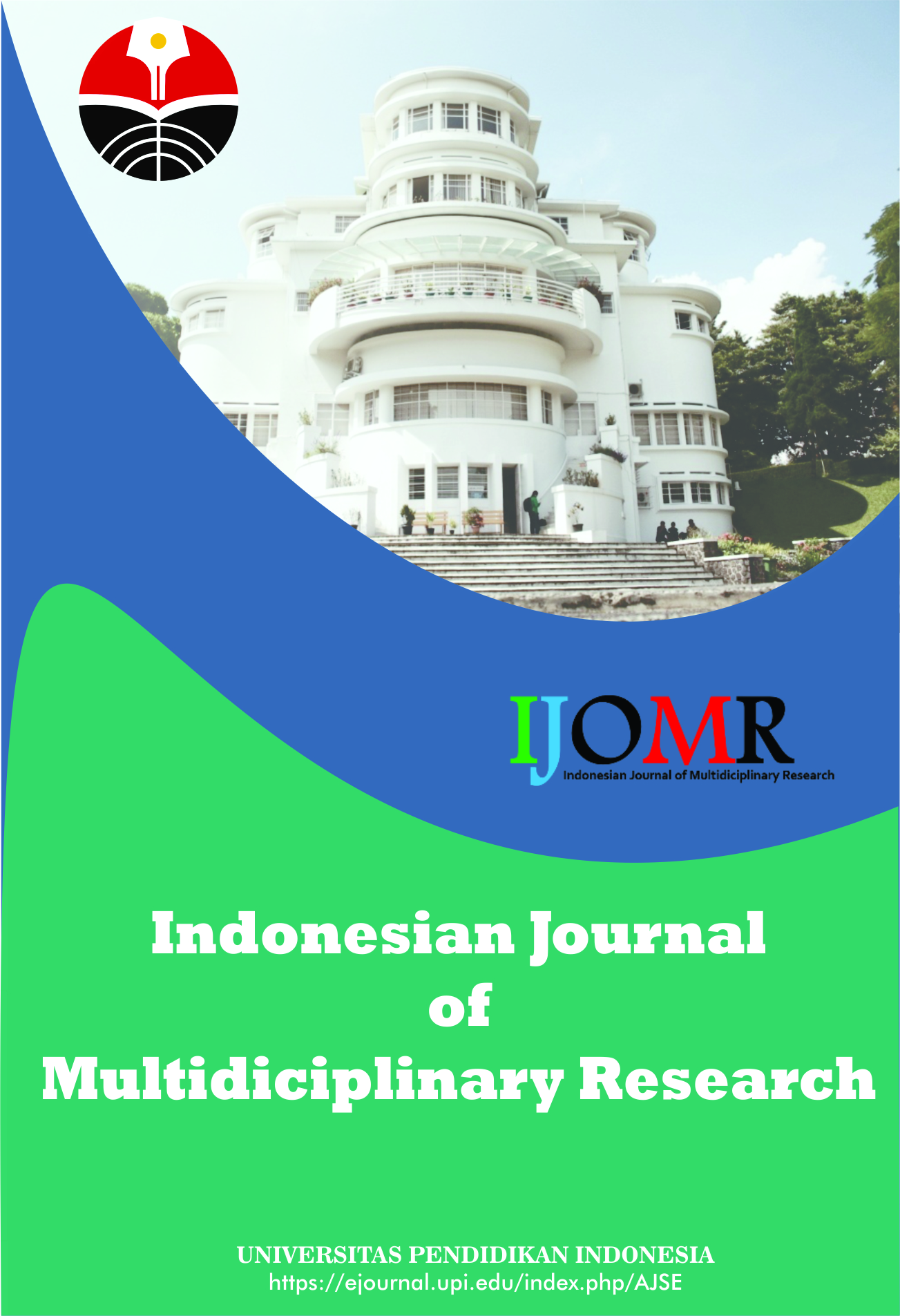Airport Development Planning (Case Study: Mozes Kilangin International Airport)
Abstract
The aim of this research is to calculating the volume requirements for runways, taxiways and aprons in future conditions based on the planned aircraft CN-235 type. In planning the development of an airport, one must estimate the traffic flow in the future. Therefore, this paper is based on research results. By analyzing the five-year data on the number of aircraft, passengers, luggage and cargo using regression analysis, it can be predicted that the traffic flow in the future so that airport development can be determined whether it is necessary to do or not. Based on primary data obtained from airports such as climatological data, aircraft characteristics data, land data, and existing airport data, it is used as a reference for planning airport development. Based on the results of calculations that refer to the standards of the International Civil Aviation Organization (ICAO) with the CN-235 plan aircraft, it takes a runway length of 3,949 meters and a runway width of 60 meters. The distance between the runway axis and the runway axis is 185 meters. The total width of the taxiway is 38 meters, and the required apron area is 750.5 × 164 = 123,082 m. Benefit of the Research is as material to consider for evaluating the function of airports in support of faster mobilization in the future
Keywords
Full Text:
PDFReferences
Adisasmita, S. A., and Hadipramana, J. (2011). Improving the airport operation and environmental quality at small airports in indonesia. International Journal of Sustainable Construction Engineering and Technology, 2(2).
Sari, C., Winfried, A., and Surachman, L. (2019). Analisis perkerasan landas pacu bandar udara Husein Sastranegara, Bandung. Jurnal Infrastruktur, 5(1), 51-57.
Brill, D. R., and Parsons, I. D. (2001). Three-dimensional finite element analysis in airport pavement design. International Journal of Geomechanics, 1(3), 273-290.
Maniriho, E. A. (2019). The characteristics and variables accounted by operators in the planning and operation of airports. ICAO Scientific Review: Analytics and Management Research (ceased publication), 1(2019), 115-126.
Knoch, U. (2014). Using subject specialists to validate an ESP rating scale: the case of the International Civil Aviation Organization (ICAO) rating scale. English for Specific Purposes, 33(2014), 77-86.
Walo, M. F., and Sudarmo, B. S. (2018). Desain bandar udara Mozes Kilangin dengan transformasi atumics rumah honai. Jurnal Mahasiswa Jurusan Arsitektur, 6(3) 1-5
Yao, Y. P., Ruan, Y. Z., Chen, J., Geng, Y., Zhang, X., Liu, B. Y., ... and Yu, G. Z. (2018). Research on a real-time monitoring platform for compaction of high embankment in airport engineering. Journal of Construction Engineering and Management, 144(1), 04017096.
DOI: https://doi.org/10.17509/ijomr.v1i1.33776
Refbacks
- There are currently no refbacks.
Copyright (c) 1970 Kantor Jurnal dan Publikasi, Universitas Pendidikan Indonesia (UPI)

This work is licensed under a Creative Commons Attribution-ShareAlike 4.0 International License.
Indonesian Journal of Multidiciplinary Research (IJOMR) is published by Universitas Pendidikan Indonesia (UPI)















